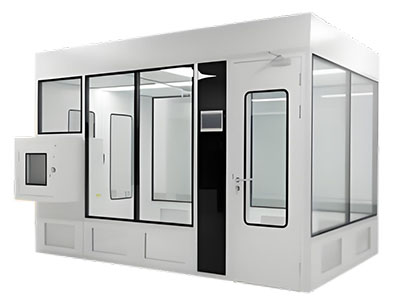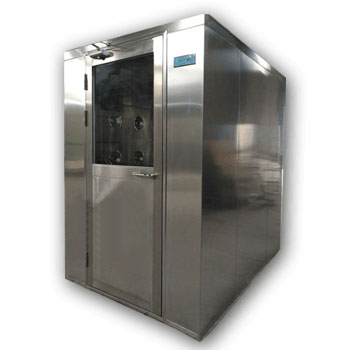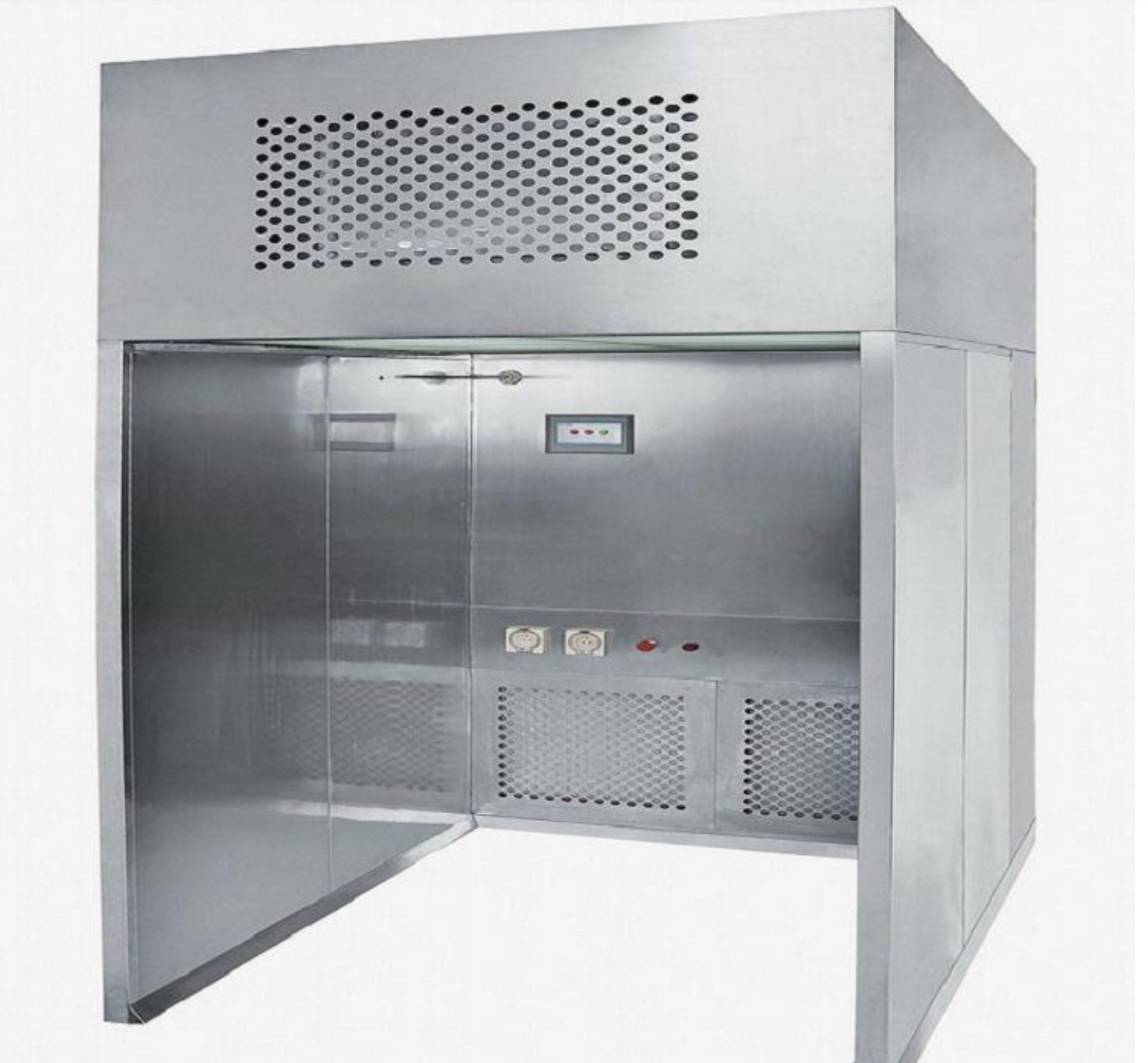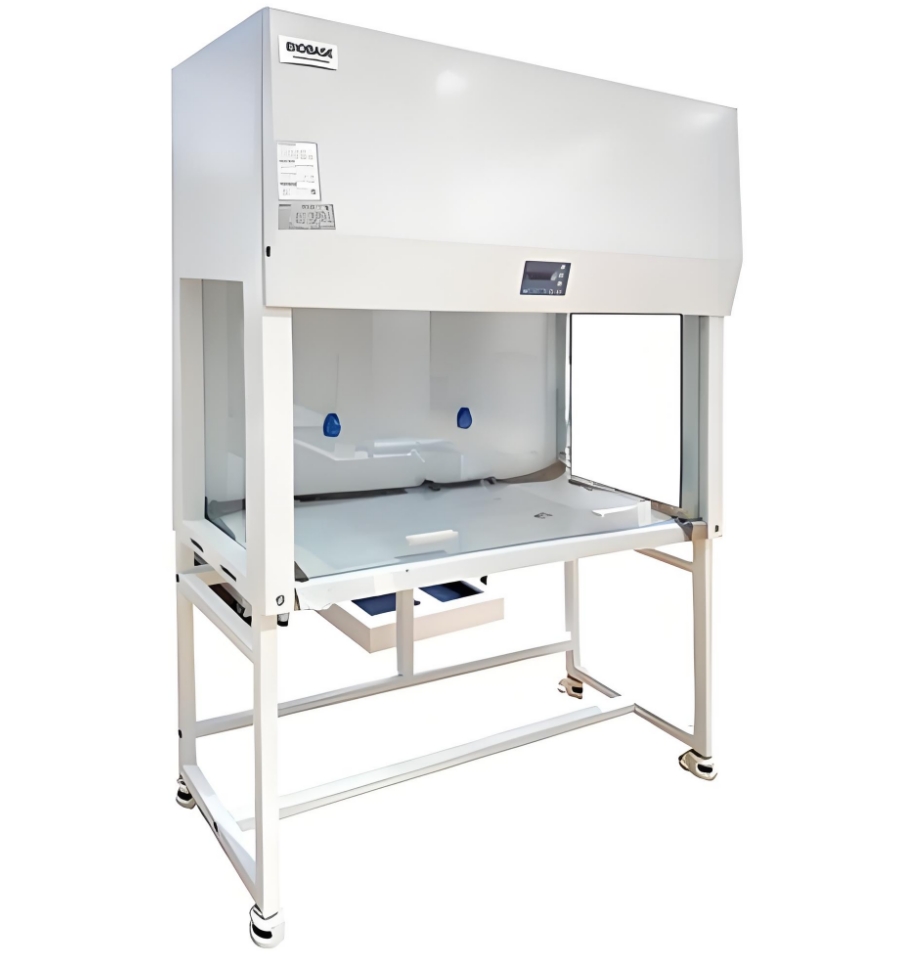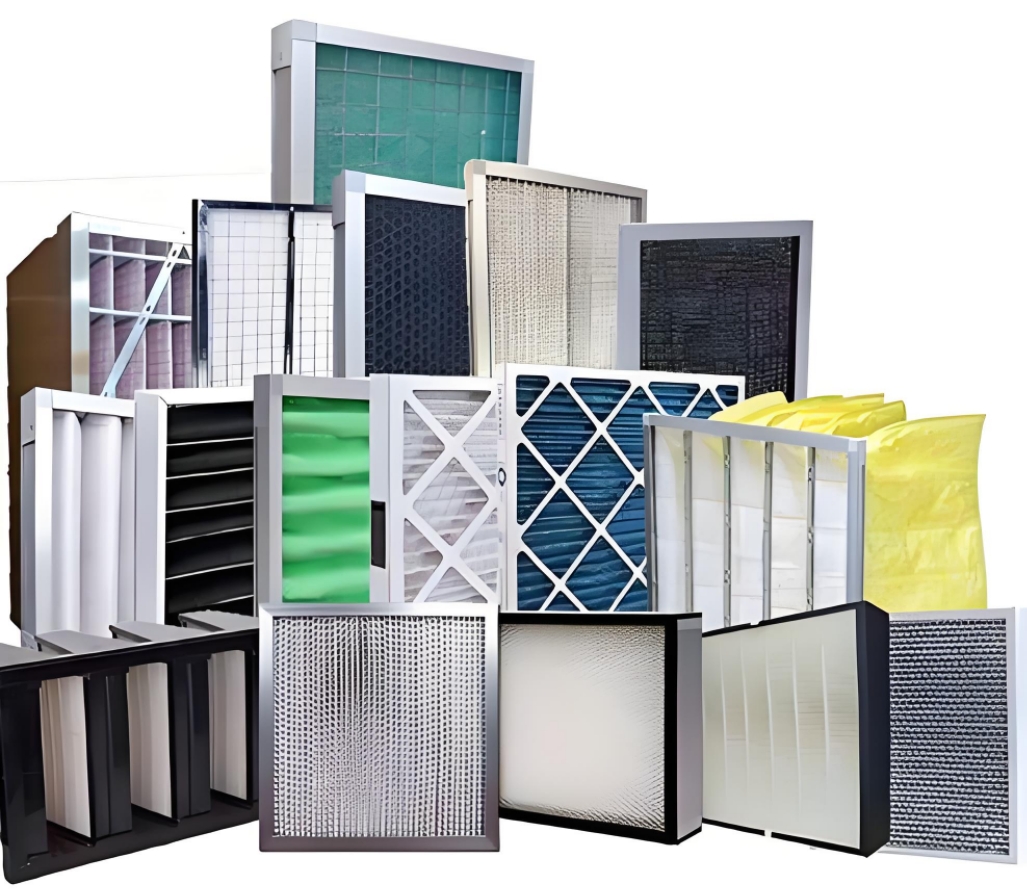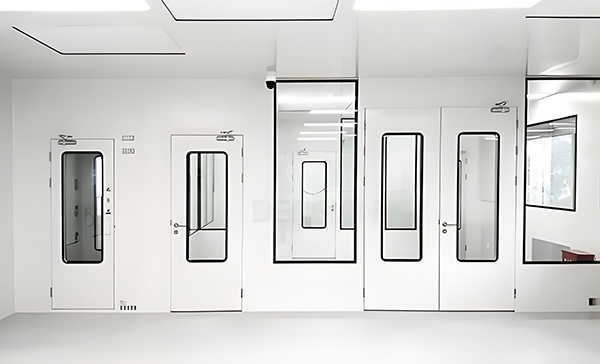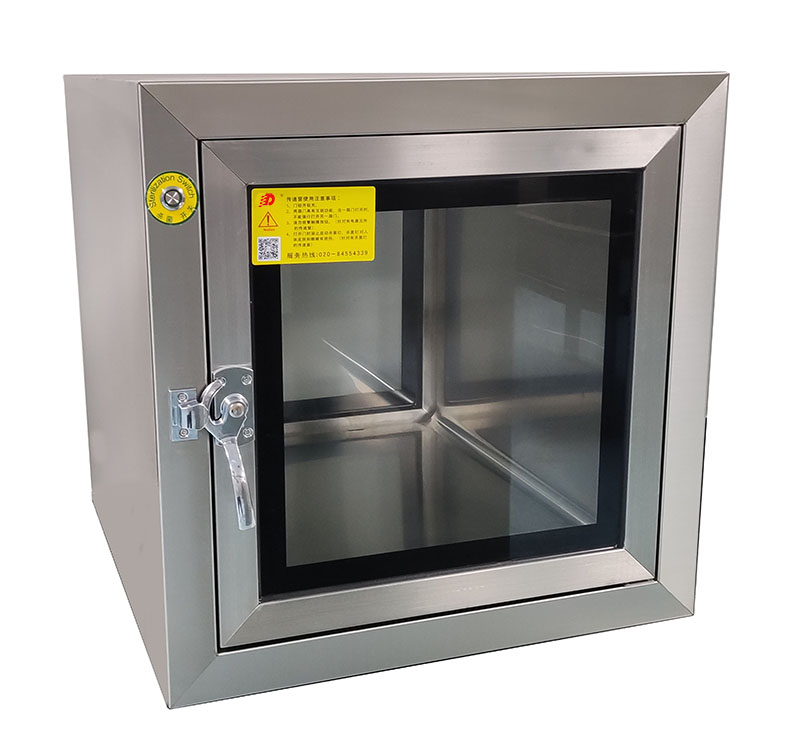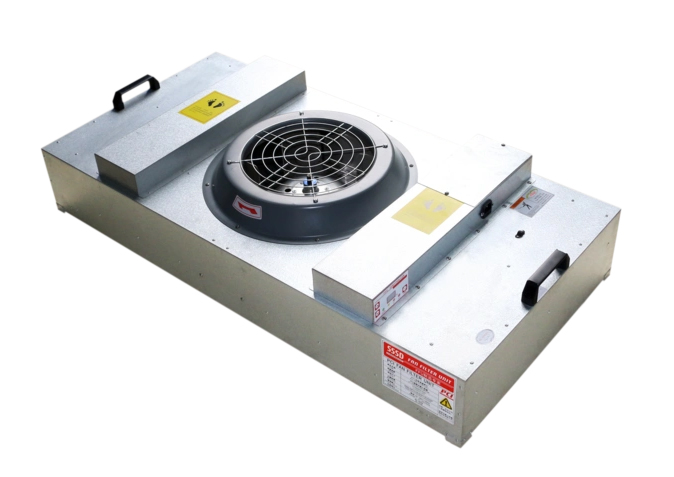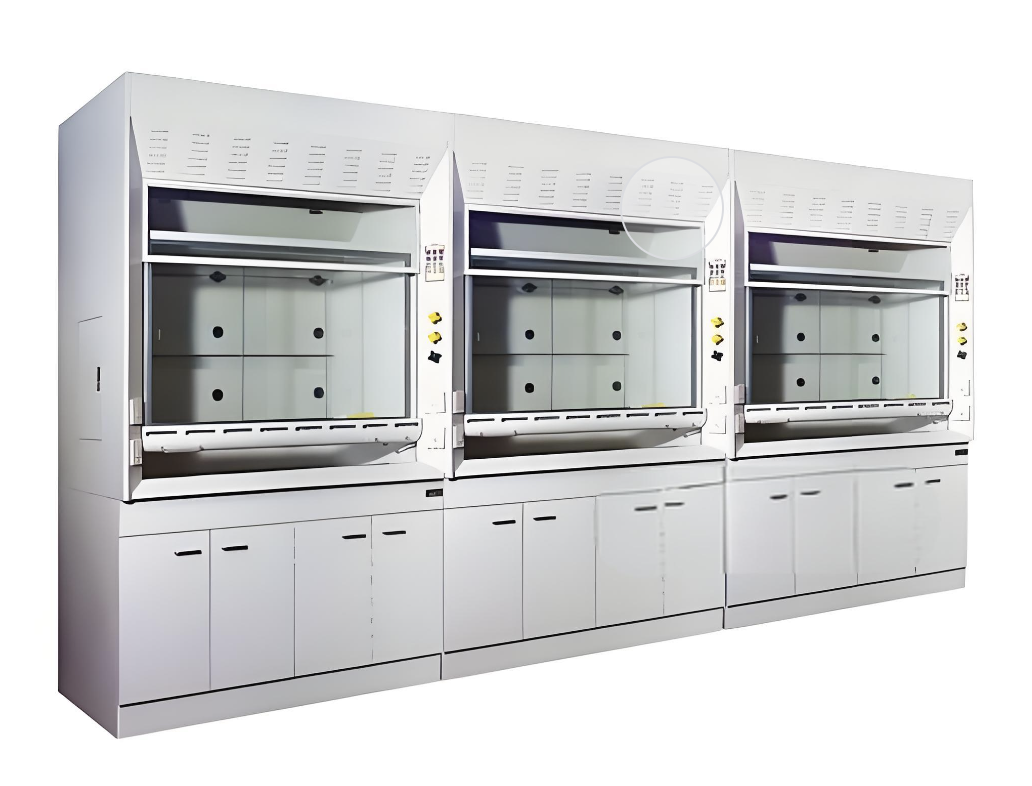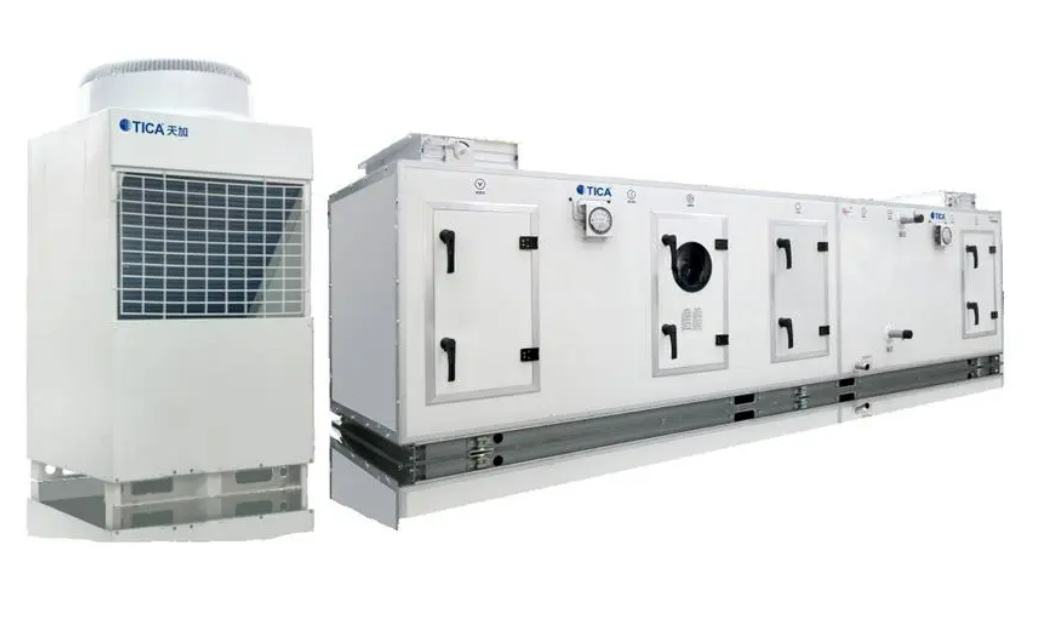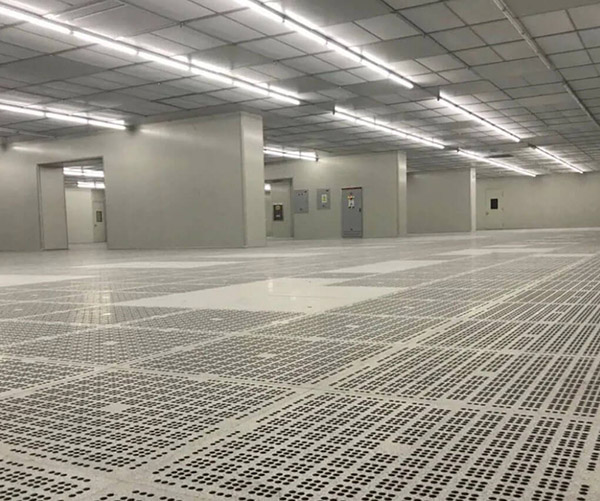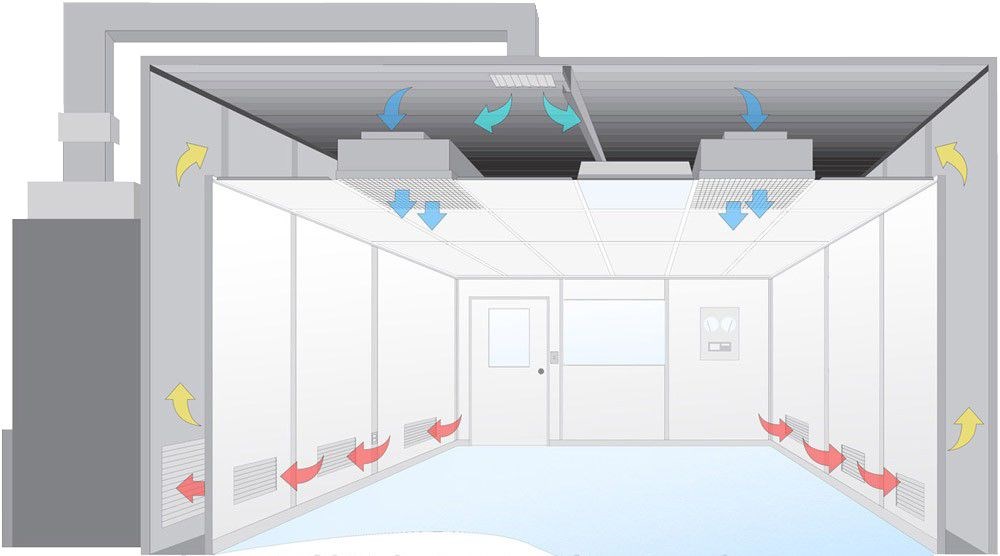In the pharmaceutical industry, the significance of clean room management cannot be overstated. Clean rooms are controlled environments designed to minimize particulate contamination and ensure the integrity of pharmaceutical products. Adhering to strict clean room management regulations is essential for complying with international standards and safeguarding public health.
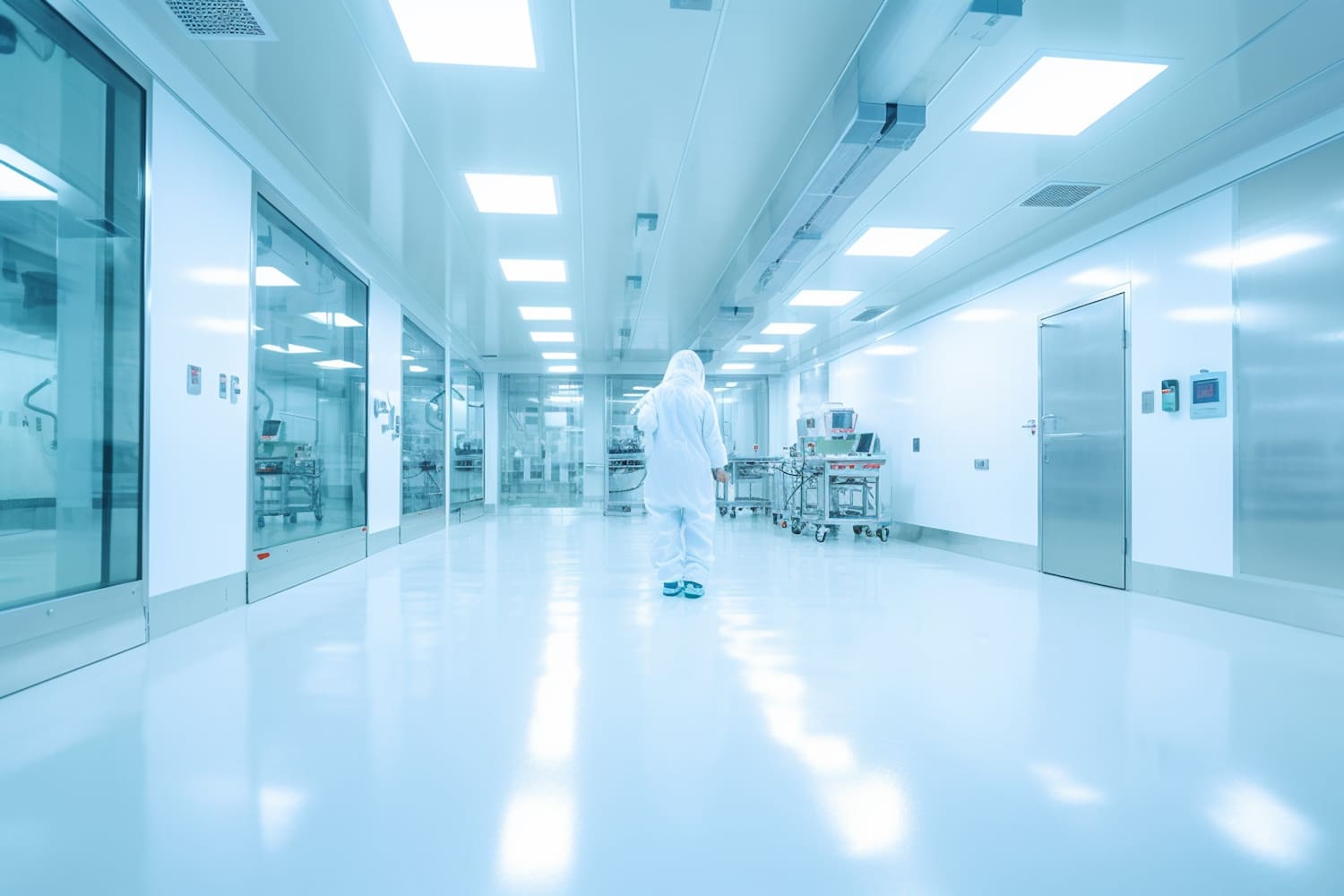
Importance of Clean Room Management
Product Integrity
Ensures production of safe, high-quality medications by minimizing contamination risks from particles, microbes, or chemical residues that could compromise drug efficacy and patient safety.
Regulatory Compliance
Essential for meeting global regulatory requirements such as ISO 14644 and Good Manufacturing Practices (GMP) to avoid product recalls and regulatory penalties.
Patient Safety
Critical for sterile products, injectables, or biologics where even minor deviations can lead to life-threatening consequences for patients.
Clean Room Classifications
Clean rooms are classified based on the allowable particle counts per cubic meter of air as defined by iso 14644-1:
| ISO Class | Particle Size (≥ μm) | Maximum Particles per m³ | Typical Applications |
|---|---|---|---|
| Class 1 | 0.5 | 350 | High-precision processes, aseptic filling |
| Class 5 | 0.5 | 3,520 | Sterile compounding, vaccine production |
| Class 7 | 0.5 | 352,000 | Non-sterile product manufacturing |
| Class 8 | 0.5 | 3,520,000 | Packaging areas, ancillary spaces |
Importance of Classification
- Targeted Control Measures: Different classifications require specific control measures to maintain cleanliness levels
- Operational Efficiency: Helps in designing workflows that minimize contamination risks
- Regulatory Compliance: Ensures adherence to class-specific global regulations
Clean room design Considerations
Key Design Factors
- Airflow patterns (unidirectional or turbulent)
- Material selection for walls/floors (non-porous, easy-to-clean surfaces)
- HVAC systems with HEPA/ULPA filtration
- Layout optimization minimizing cross-contamination risks
Pressure differentials, temperature, and humidity controls
Airflow Management
- Unidirectional Flow: Air moves in one direction, preventing mixing of contaminated and Clean air
- Pressure Differentials: Higher pressure in clean areas prevents contamination ingress
Process Layout for Pharmaceutical Production
Design must align with ISO 14644 and GMP Standards, accommodating workflows, equipment placement, and personnel movement. Includes airlocks, gowning areas, and sealed utilities.
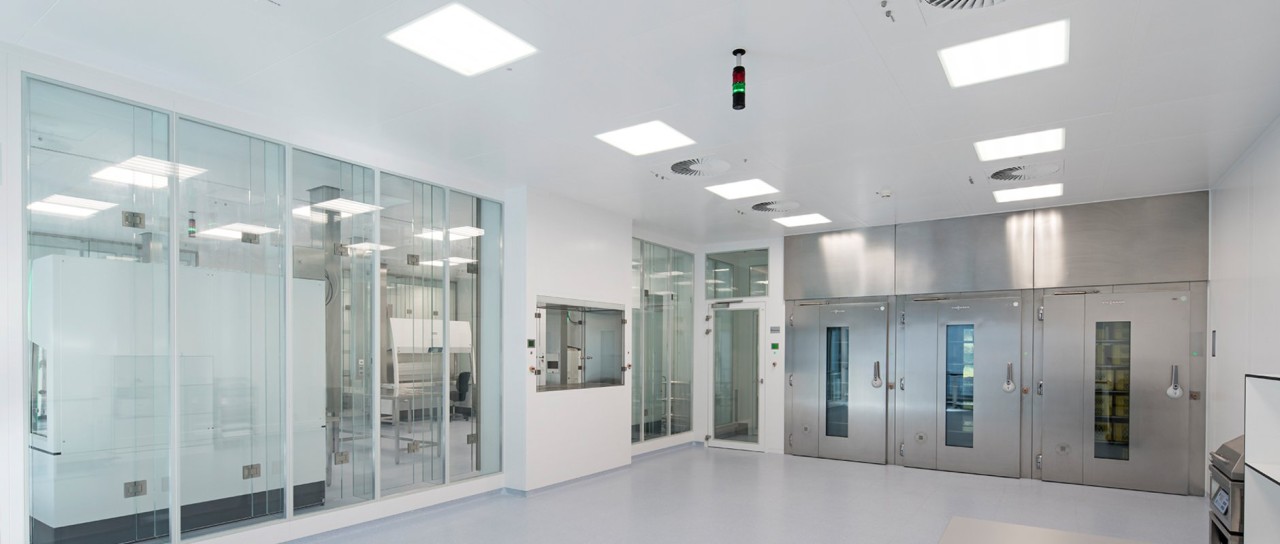
Clean Room Operation procedures
Essential Practices
- Personnel Training: Comprehensive training on protocols and contamination prevention
- Gowning Procedures: Strict enforcement to prevent personnel contamination
- Material Transfer: Sanitization before entering clean areas using pass-through chambers
Daily Operations
- Air Quality monitoring: Regular particulate level and environmental condition checks
- Cleaning Protocols: Rigorous schedules using approved disinfectants
Monitoring & Maintenance
Continuous oversight of production processes, equipment functionality, and environmental conditions. Regular maintenance prevents equipment failures and ensures consistent production output.
Best Practices for Clean Room Management
| Best Practice | Description | Implementation |
|---|---|---|
| Regular Training | Consistent training for all personnel | Quarterly refreshers, competency assessments |
| Clear SOPs | Documented procedures for all operations | Comprehensive SOP library, version control |
| Routine Maintenance | Scheduled checks for systems and equipment | Preventive maintenance schedule, calibration logs |
| Validation | Verification of clean room processes | IQ/OQ/PQ protocols, regular requalification |
Addressing Challenges
- Cost Management: Invest in durable equipment to reduce long-term costs
- Regulatory Changes: Hire compliance experts and conduct regular audits
- Personnel Compliance: Implement continuous improvement culture and accountability systems
Frequently Asked Questions
1. What are the clean room requirements for pharmaceutical manufacturing?
Clean rooms must meet specific cleanliness levels (ISO 5-8), implement rigorous air filtration (HEPA/ULPA), and maintain strict contamination control standards per ISO 14644 and GMP guidelines.
2. What are the key regulations for pharmaceutical clean rooms?
Primary regulations include ISO 14644 for classification, FDA cGMP and EU GMP for manufacturing practices, ISO 9001 for quality management, and ISO 13485 for medical devices.
3. How do clean room classifications affect pharmaceutical manufacturing?
Classification determines the stringency of environmental controls, gowning requirements, monitoring frequency, and permissible activities within each zone.
4. What are the hygiene and gowning protocols?
Protocols include multi-step gowning procedures, thorough hand sanitization, and use of specialized PPE appropriate for the clean room classification.
5. What are the penalties for non-compliance?
Penalties include FDA warning letters, product recalls, financial penalties, suspension of manufacturing licenses, and potential legal actions.
Conclusion
Effective clean room management is a cornerstone of pharmaceutical manufacturing that directly impacts product quality and patient safety. By adhering to international standards, implementing rigorous operational procedures, and leveraging technology, pharmaceutical companies can ensure their clean rooms meet the highest standards of cleanliness and compliance.
International Standards
EU GMPISO 9001 ISO 13485
 +86 18186671616
+86 18186671616 Jason@cleanroomequips.com
Jason@cleanroomequips.com
 MENU
MENU

